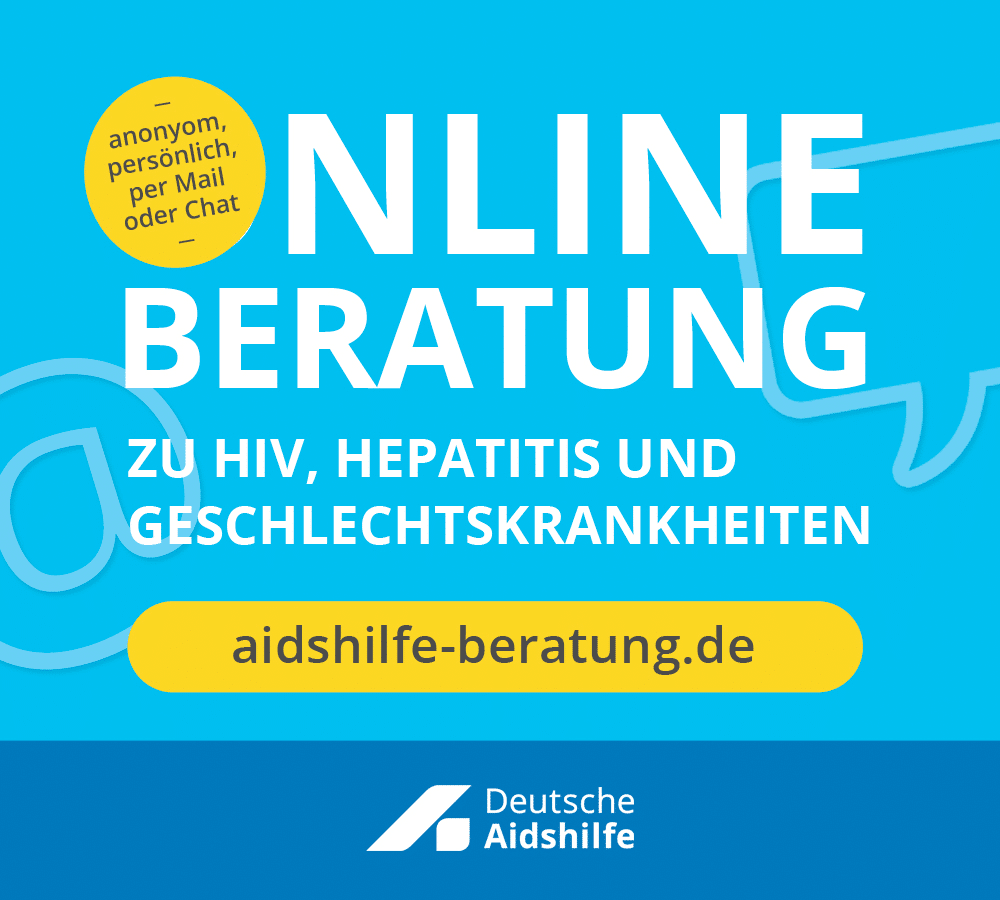Transmission
Chlamydia can be found in the mucous membranes of the throat, urethra, vagina and rectum, as well as in bodily fluids such as semen. They can also be found in lower concentrations in urine and seminal fluid.
Infection is possible during all sexual practices that involve direct contact with infectious mucous membranes or bodily fluids (urine, semen).
Chlamydia is most commonly transmitted during fucking. But chlamydia also sometimes finds its way via the hands or sex toys.
Protection
Condoms cannot reliably prevent an infection with chlamydia, but they do reduce the risk.
Get tested!
We recommend that you get tested once a year for sexually transmitted diseases such as chlamydia, gonorrhoea and syphilis. This is possible, for example, at many AIDS service organisations, health authorities, gay projects and doctors.
For a chlamydia test, a urine sample is taken or a swab is taken.
Symptoms
Chlamydia often does not cause any symptoms. However, if symptoms occur, after one to three weeks there is discharge from the urethra, itching and burning as well as pain when urinating.
Pain in the testicles or lower abdomen and fever are possible signs of chlamydia, which can lead to inflammation of the vas deferens, prostate and epididymis.
The inflamed mucous membranes increase the risk of HIV transmission.
Treatment
Antibiotics quickly kill the bacteria. The earlier treatment begins, the easier and shorter it usually is.
Due to the high risk of infection, sex should be avoided until treatment is complete. Sex partners should have themselves tested and, if necessary, treated at the same time to avoid a "ping-pong effect" and prevent the infection being passed on to others.





